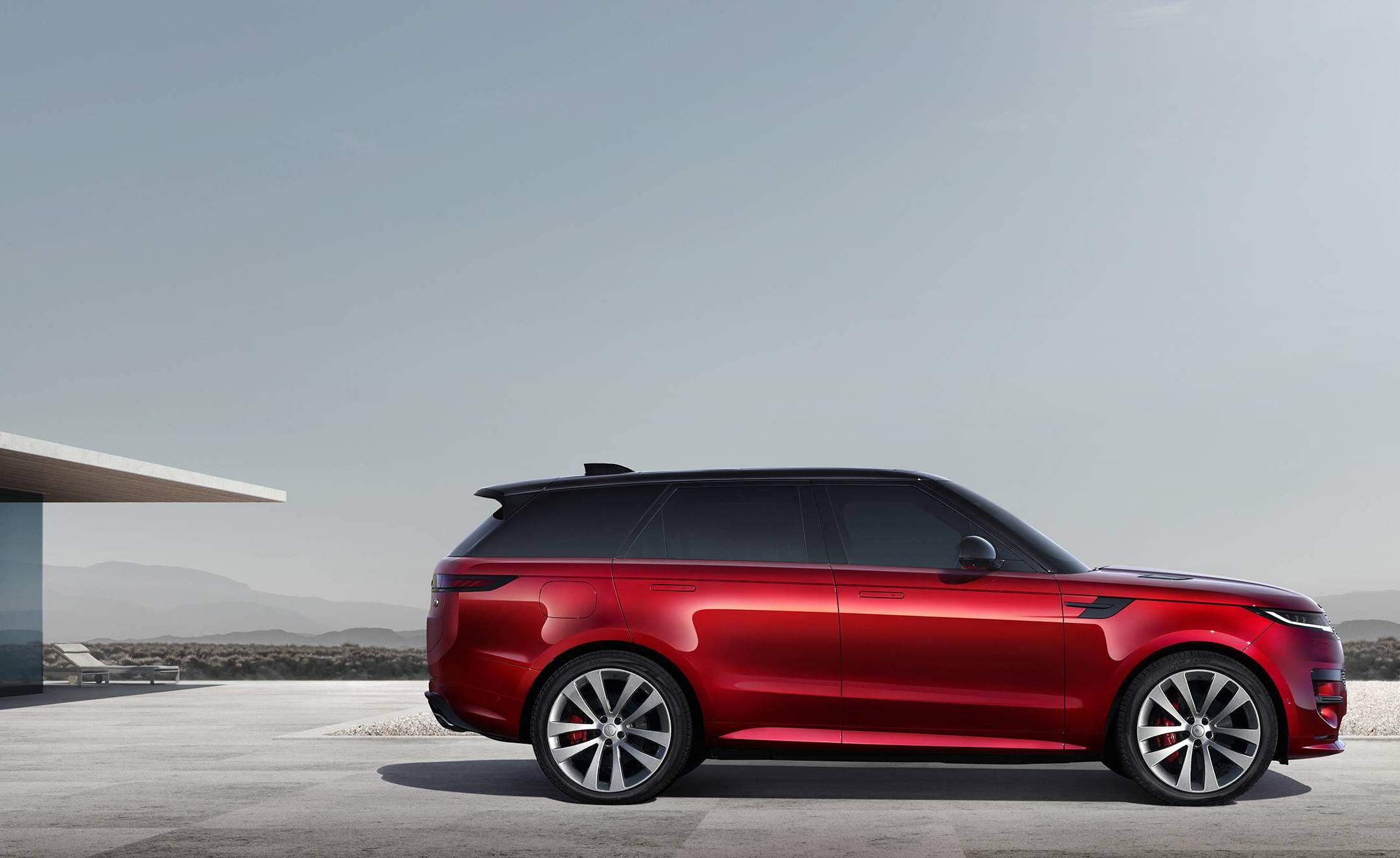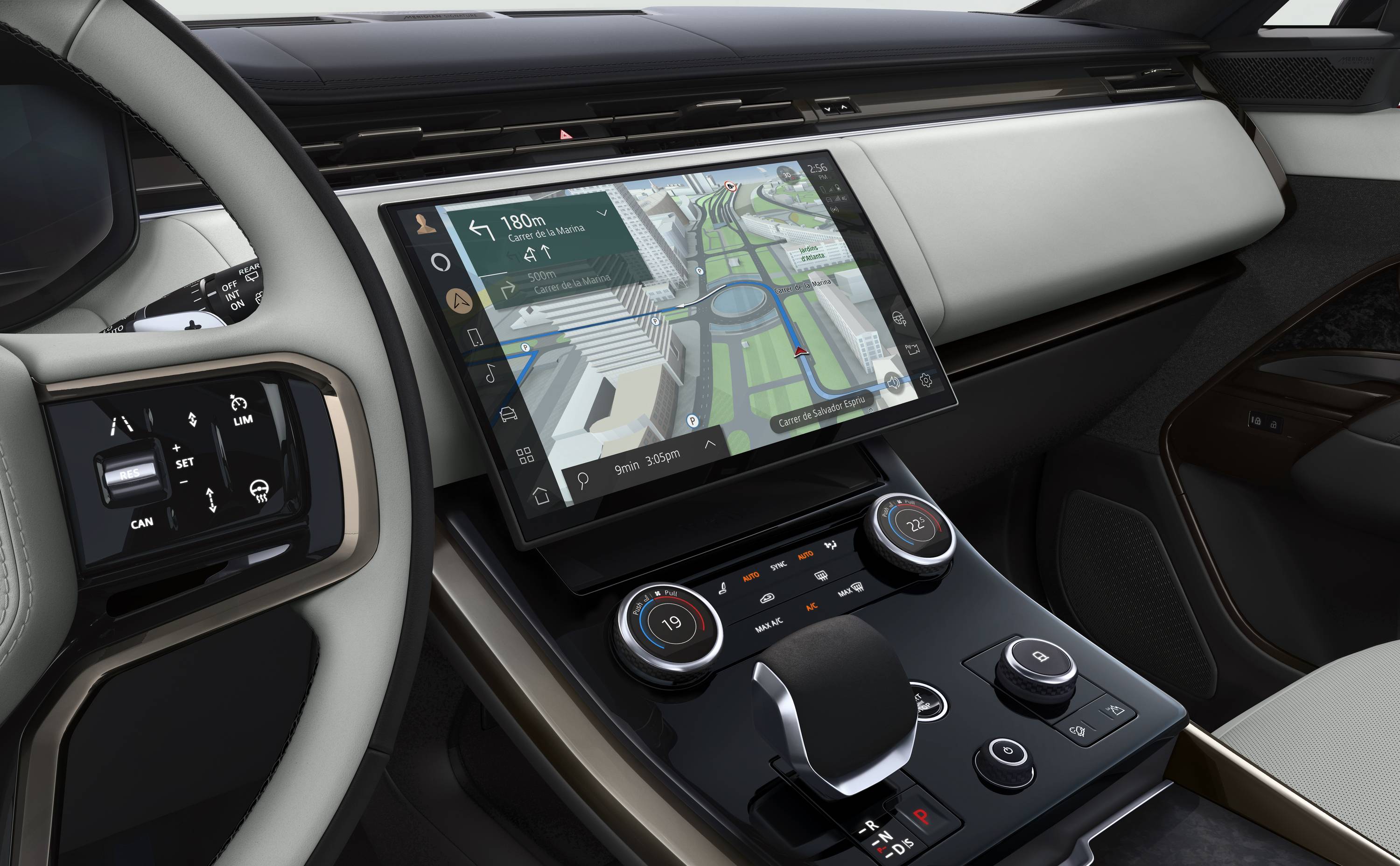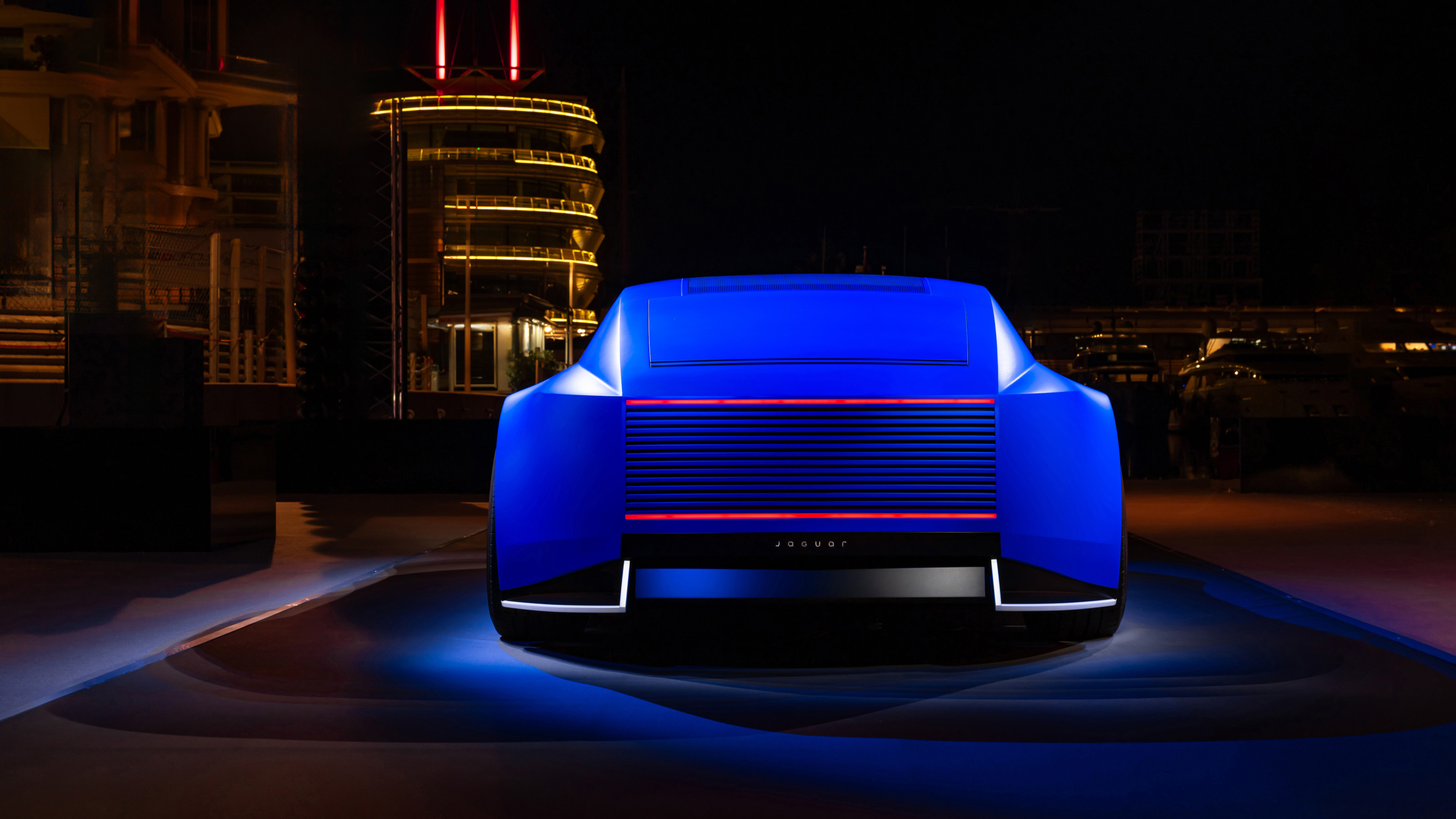Range Rover Sport 2023 updates sporting luxury for a new era
The third-generation, 2023 Range Rover Sport blends luxury with go-anywhere zeal, options include a plug-in hybrid with a 460-mile range, and there’s a pure EV coming soon

In the wake of the recently launched 2022 Range Rover, an all-new Range Rover Sport appears to cater to those who seek a bit more dynamic scope to their monumental driving machine.

The original Range Rover Sport arrived all the way back in 2005, forging the way for the ‘Range Rover’ name to become a sub-brand in its own right, leaving Land Rover to produce slightly less sybaritic, more action/family orientated vehicles. Range Rover subsequently expanded still further with the introduction of the 2011 Evoque (now in its second generation) and the 2018 Velar.
The original Range Rover Sport was superseded by a second-generation model in 2013, which saw the introduction of hybrid power and performance versions.

This is generation three. Whereas the flagship Range Rover is pushing ever further upmarket and transforming itself into a real competitor for Rolls-Royce, Bentley, and Maybach, the Sport’s targets are somewhat faster moving. For now, ultra-performance SUVs are still big sellers – the Aston Martin DBX, Lamborghini Urus, Porsche Cayenne, and forthcoming Ferrari Purosangue to name but four.
Crucially, for the most part, these cars rely on traditional engines, not electric powertrains – even hybrid performance SUVs are thin on the ground. The next generation – in the form of the Lotus Eletre and others – is readying itself in the wings.

As a result, the Range Rover Sport is designed to have its cake and eat it. From the outset, there’ll be a plug-in hybrid, a mild hybrid petrol and diesel, as well as a high-performance twin-turbo V8. Come 2024, there’ll be a pure EV as well. Whether this model’s sporting character can be sustained across such a broad range of powertrains remains to be seen.
For now, all we have to go on is the design. In truth, this is more evolutionary rather than revolutionary. Around three-quarters of a million Sports have been built so far, so the formula isn’t due for a shake-up – just yet. The new car shares the same basic proportions as its predecessors, with a relatively shallow glasshouse and steeply raked windscreen (as opposed to the more upright stance of the larger Range Rover). The most obvious visual difference is a general smoothing out of the lines, with a flush glasshouse and door handles, and slimmer lights and grilles at the front. The rear elevation gets the most dramatic overhaul, with a sleeker, more minimal layout that adheres to the company’s much-vaunted ‘modernist philosophy’ of design.
Receive our daily digest of inspiration, escapism and design stories from around the world direct to your inbox.

Inside, the dashboard splices screens and buttons to functional effect, with the full raft of Range Rover’s off-road functions still very much present and correct. It’s regularly pointed out that the more luxurious and lifestyle-orientated the company’s designs get, the less likely they are to be ever taken off-road.
Suffice to say, this reality doesn’t seem to have diminished Range Rover’s desire to make its vehicles truly ‘go-anywhere’, and the Sport continues this tradition. The new ‘Adaptive Off-Road Cruise Control’ system, for example, lets you set your speed over practically any type of terrain on the planet and the car will do the rest (as long as you remember to steer).

The 2023 Range Rover Sport promises to be all things to everyone, in other words. Most usefully, perhaps, is the real-world range of 460 miles that the plug-in hybrid model delivers.
Sporting luxury is all very well, but the ability to travel far and wide will always be a strong selling point.
INFORMATION
New Range Rover Sport, from £79,125
Jonathan Bell has written for Wallpaper* magazine since 1999, covering everything from architecture and transport design to books, tech and graphic design. He is now the magazine’s Transport and Technology Editor. Jonathan has written and edited 15 books, including Concept Car Design, 21st Century House, and The New Modern House. He is also the host of Wallpaper’s first podcast.
-
 Can the film 'Peter Hujar's Day' capture the essence of the elusive artist?
Can the film 'Peter Hujar's Day' capture the essence of the elusive artist?Filmmaker Ira Sachs and actor Ben Whishaw bring Peter Hujar back to the front of the cultural consciousness
-
 New tech dedicated to home health, personal wellness and mapping your metrics
New tech dedicated to home health, personal wellness and mapping your metricsWe round up the latest offerings in the smart health scene, from trackers for every conceivable metric from sugar to sleep, through to therapeutic furniture and ultra intelligent toothbrushes
-
 Out of office: The Wallpaper* editors’ picks of the week
Out of office: The Wallpaper* editors’ picks of the week'Tis the season for eating and drinking, and the Wallpaper* team embraced it wholeheartedly this week. Elsewhere: the best spot in Milan for clothing repairs and outdoor swimming in December
-
 JLR is a mainstay of modern motoring luxury, but do car brands need creative figureheads?
JLR is a mainstay of modern motoring luxury, but do car brands need creative figureheads?With Gerry McGovern reportedly departing from Jaguar Land Rover, what next for the Indian-owned, British-built house of brands?
-
 New Porsche Cayenne Electric makes a case for a sporting life with lashings of technology
New Porsche Cayenne Electric makes a case for a sporting life with lashings of technologyThe next-gen Cayenne gets its first all-electric model, a mighty SUV that’s also the first Porsche with wireless charging
-
 Taschen’s all-encompassing history of Ferrari is a mighty monograph for a mighty brand
Taschen’s all-encompassing history of Ferrari is a mighty monograph for a mighty brandAt nearly 700 pages, this new book from Taschen is the ultimate gift for the Ferrari fan in your life, spanning the brand’s history on road and track from inception through to the present day
-
 A unique Land Rover Series III, The Admiral is a truly shipshape restomod
A unique Land Rover Series III, The Admiral is a truly shipshape restomodKent Heritage Works have launched their 1 of 1 collection with a thoroughly upgrade Land Rover Series III
-
 All the new electric cars and concepts revealed at Munich’s IAA Mobility 2025
All the new electric cars and concepts revealed at Munich’s IAA Mobility 2025Munich’s alternative motorshow is now in its third iteration, combining a traditional exhibition space with a conference and large-scale public activations on the streets of the city
-
 How will future car interiors take shape? London studio NewTerritory has a vision for automotive design
How will future car interiors take shape? London studio NewTerritory has a vision for automotive designDesign studio NewTerritory has set up a new automotive division to explore the future of car interiors. We interrogate the team
-
 KAMManufaktur transforms the 1960s-era Porsche 912 into a refined restomod GT
KAMManufaktur transforms the 1960s-era Porsche 912 into a refined restomod GTThe KAMM 912T is a restomod Porsche for the more discerning collector, a rebuilt and re-engineered car that favours analogue feel and simplicity over all-out power
-
 All the best bits from Goodwood Festival of Speed 2025
All the best bits from Goodwood Festival of Speed 2025As car makers switch their allegiance to the sunny West Sussex countryside as a place to showcase their wares, a new generation of sports cars were sent running up that famous hill